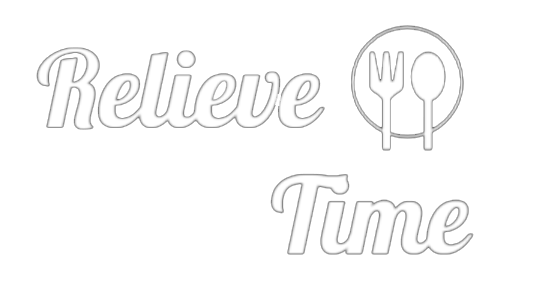The Scientific Reason Why Warm Sparkling Wine Is More Likely to Explode
We’ve all been there. You’re at a party, and it’s about time to open another bottle of Champagne, but the wine isn’t quite cold enough yet. Then when you go to open the bottle, it isn’t just the cork that flies out, it’s half your bottle of bubbly.
There’s nothing quite like the disappointment of lost wine, but you can rest assured that it’s not user error causing your bottle to explode. Turns out, there’s an actual scientific reason behind why warm sparkling wine is more likely to explode. To find out more, VinePair tapped Erin Lindstone, sommelier at Denver’s Barolo Grill.
“Warm sparkling wines are more likely to explode because as temperatures rise, carbon dioxide becomes less soluble in liquid,” she explains. “[This] adds to the pressure, so the bubbles will escape faster.”
Essentially, as temperatures rise, carbon dioxide molecules become much more volatile, causing the particles to move faster. While it’s highly unlikely that the pressure will cause your bottle to erupt on its own (though this could potentially happen if left in a scorching hot car for several hours) it will likely cause quite a mess once the cork is removed. Moreover, if the sparkling wine is stored at too high a temperature, you may risk ruining your bottle altogether.
“Any [temperature] over 70 degrees risks the quality of the wine being negatively affected,” Lindstone says. “If it’s stored too warm, the wine can fall apart, or worse, the cork can start to push out, which leads to oxidation. But the real key with storage is to avoid extreme temperature fluctuations, which will change the pressure and leave the possibility for the wine to suffer.”
On the flip side, cold sparkling wines are far less likely to explode during opening as carbon dioxide is far more soluble, which reduces the amount of pressure inside the bottle. Ideally, Champagne and other sparkling wines should be chilled to approximately 50 degrees before opening not just for safety, but also for optimal enjoyment.
If you forgot to toss your bottle in the fridge far enough ahead of time, fear not. There are quite a few hacks to get a Champagne cold in record time. For example, you can add your bottle to an ice bath with water and salt and gently rotate it. “The water allows for more cold surface area to chill the bottle, as does the spinning, while the salt lowers the freezing point of the water so the ice bath can be even colder,” Lindstone says.
For something a little more hands-off, Lindstone recommends wrapping your bottle in a wet paper towel before tossing it in the freezer for approximately 15 minutes. Just be sure to set a timer lest you forget and end up with a frozen bottle, which can be equally as detrimental to the wine’s quality and just as treacherous to open.
“If you’re opening a warm bottle, don’t do it! It can be dangerous to open, and the bubbles will dissipate so quickly once you do that the wine won’t be enjoyable,” she says. “Even if you are short on time, take whatever time you do have to get that bottle chilled.”
*Image retrieved from Lukasz via stock.adobe.com
The article The Scientific Reason Why Warm Sparkling Wine Is More Likely to Explode appeared first on VinePair.
